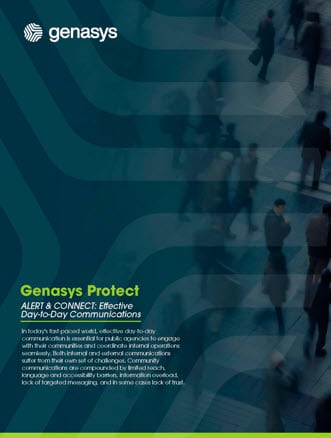Introduction
This sample policy outlines the procedures for utilizing communication apps in the collection of investigative evidence. We focus on requirements from three main agencies, including the Federal Information Processing Standards (FIPS), Criminal Justice Information Services (CJIS), and Protected Health Information (PHI) compliance requirements. The integration of secure communication apps into investigative evidence-collection processes will enhance efficiency, collaboration, and compliance with data protection regulations.
Purpose
The purpose of this policy is to establish a framework for law enforcement agencies to utilize communication apps for evidence collection while ensuring the security and privacy of sensitive information. By aligning with FIPS, CJIS, and PHI compliance requirements, this policy aims to streamline communication among investigators and stakeholders while safeguarding the integrity of collected evidence.
App Selection and Deployment:
- Only communication apps that adhere to FIPS 140-2 standards for encryption and data protection shall be considered for use.
- The selected app must undergo a thorough security assessment and receive approval from the agency’s IT security team before deployment.
- The app should support end-to-end encryption and secure user authentication to prevent unauthorized access.
User Training and Access:
- All authorized personnel must undergo comprehensive training on app usage, data security, and compliance.
- Access to the communication app shall be granted based on the principle of least privilege, ensuring that only individuals directly involved in the investigation have access.
- Access credentials, including username and password, should adhere to strong password policies and be stored securely.
Evidence Sharing and Storage:
- Investigators should use the communication app to share photos, videos, audio recordings, and other evidence securely within designated groups or channels.
- All evidence shared within the app will be time-stamped and tagged with relevant metadata for future reference.
- Sensitive information, especially PHI, should only be shared when necessary and with appropriate access controls in place.
Data Retention and Archiving:
- The agency’s data retention policies should be applied to evidence stored within the communication app. Irrelevant data should be deleted promptly to ensure compliance with CJIS guidelines.
- Regular data backups and archiving procedures should be implemented to prevent data loss and facilitate evidence preservation.
Privacy and Compliance:
- PHI and other personally identifiable information (PII) shall be handled in accordance with HIPAA regulations and agency-specific privacy policies.
- Investigators must ensure that evidence shared through the app does not compromise ongoing investigations or violate individuals’ rights.
Incident Reporting and Response:
- Any suspected data breaches, unauthorized access, or other security incidents involving the communication app shall be reported immediately to the agency’s IT security team and compliance officer.
- A comprehensive incident response plan shall be in place to address security incidents promptly and mitigate potential risks.
Regular Audits and Assessments:
- The agency’s IT security team should conduct regular audits and assessments of the communication app’s security controls, encryption mechanisms, and compliance with FIPS, CJIS, and PHI requirements.
- Any identified vulnerabilities or non-compliance issues should be addressed promptly to maintain the integrity of the evidence collection process.
Review and Updates:
- This policy shall be reviewed annually to ensure its relevance, accuracy, and alignment with evolving FIPS, CJIS, and PHI compliance requirements.
- Updates to the policy shall be made as necessary to reflect changes in technology, regulations, or agency needs.
By following this procedural policy proposal, law enforcement agencies can harness the benefits of communication apps for investigative evidence collection while upholding the highest standards of security, compliance, and privacy. The integration of secure communication tools will contribute to more effective collaboration, streamlined evidence management, and successful case resolution.

















